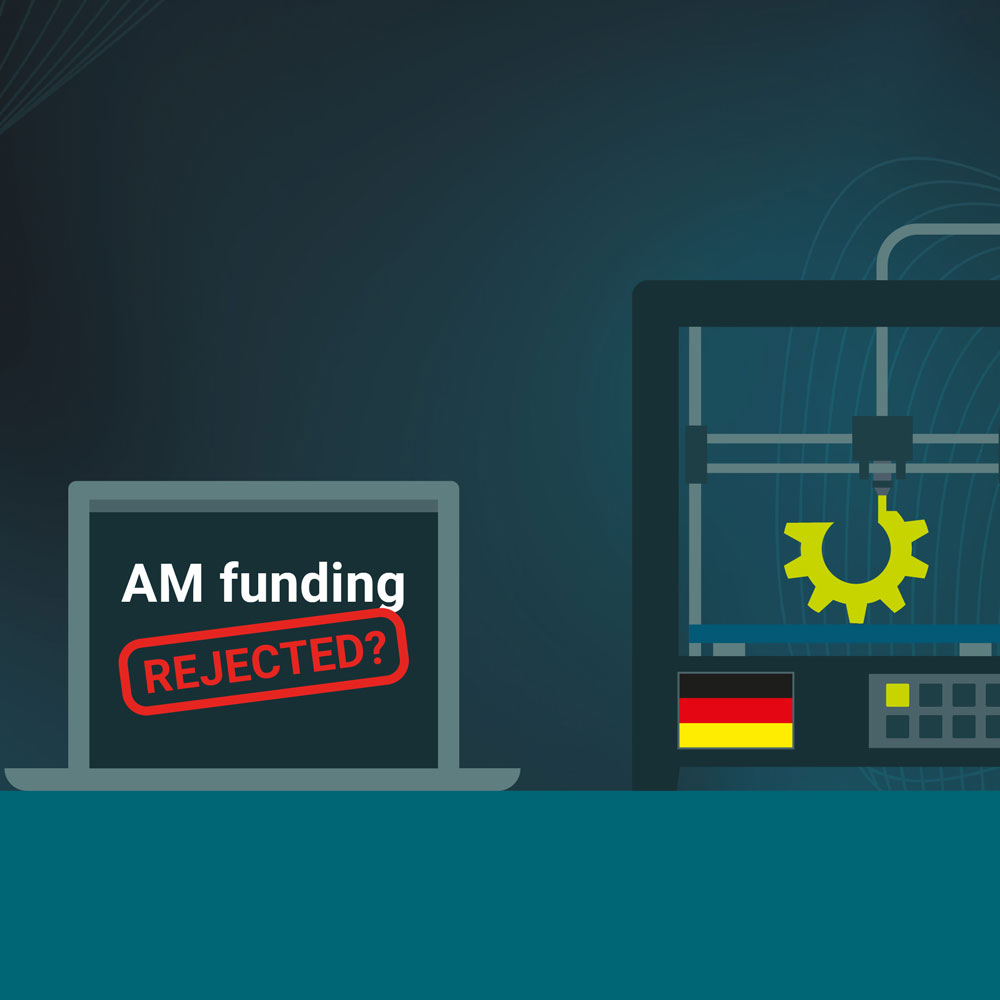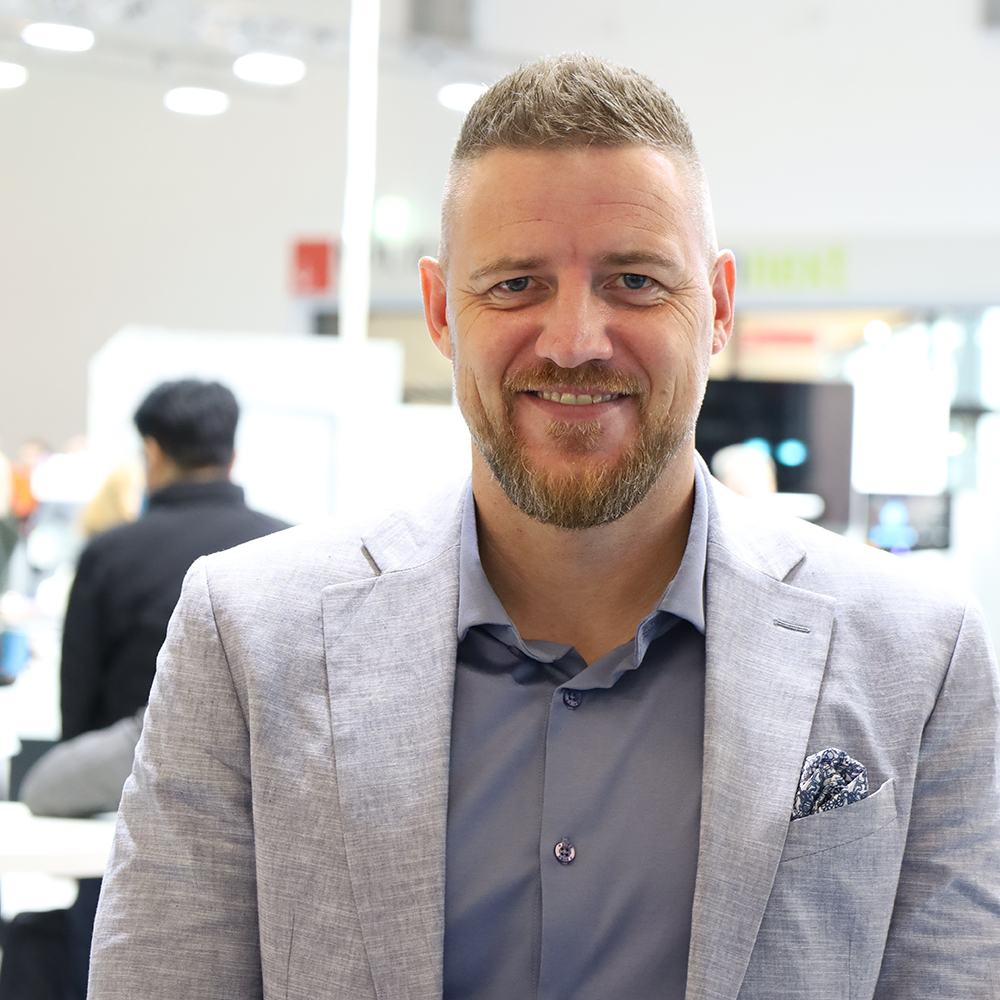Text: Thomas Masuch
The murder of Brian Robert Thompson, the CEO of UnitedHealthcare, in New York in December 2024 has cast an inglorious spotlight on the danger of 3D-printed weapons. Within five days, a suspect was arrested with a pistol and a silencer – both of which had been made with a 3D printer. The case highlights the increasing importance of addressing this issue in order to prevent the spread of illegal 3D-printed weapons.
“Ten years ago, there were already ideas for printing weapons, but the technology wasn’t yet ready for it, and it was quite dangerous to use such weapons,” explained a European Commission representative in a presentation on the Application Stage at Formnext 2024. “Now, the technology has advanced and we are seeing more and more 3D-printed weapons or components. This is because it has become easier to manufacture weapons privately, and therefore often illegally.”
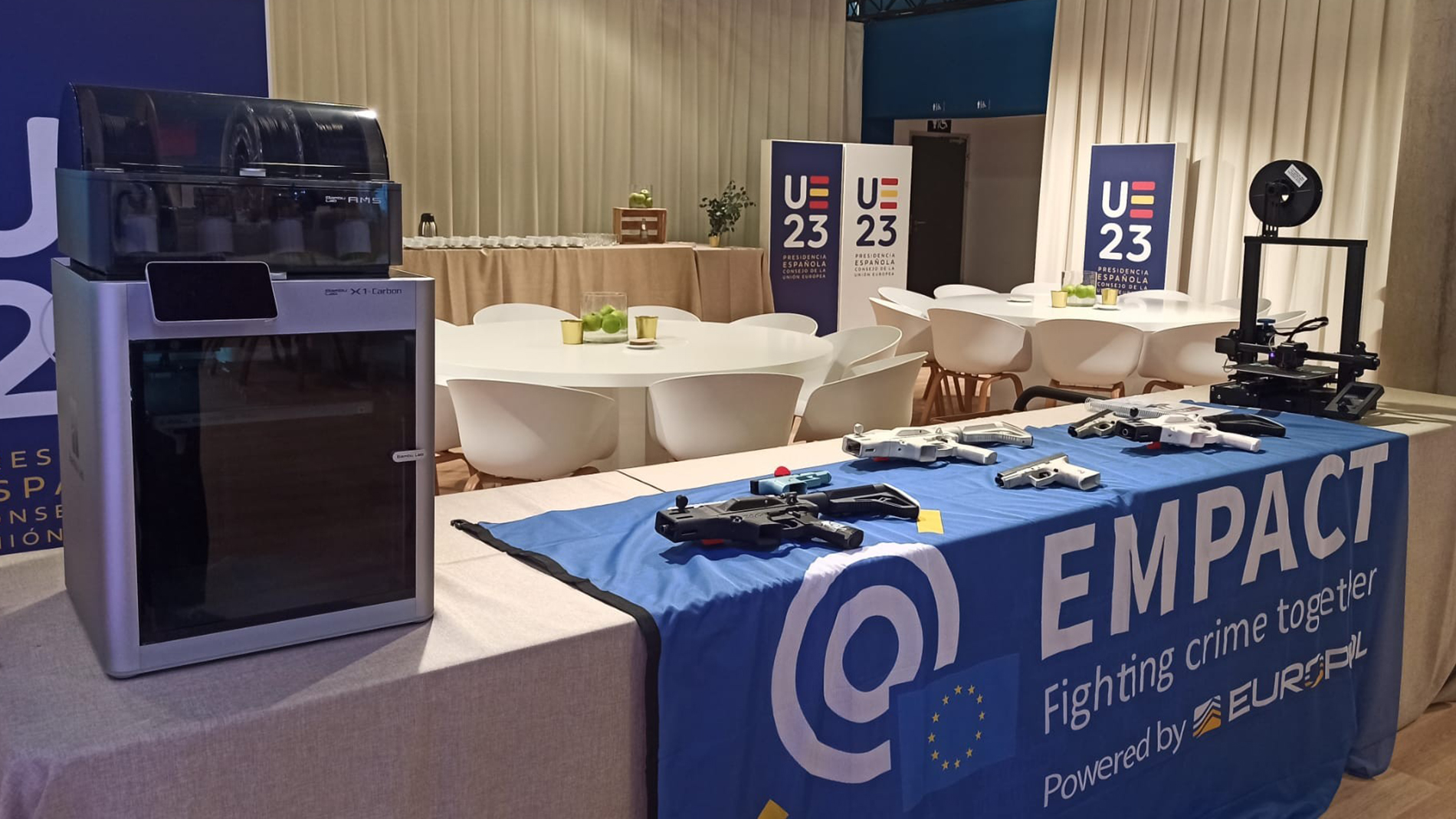
The topic is also important to Formnext as the most important international trade fair in additive manufacturing. “As we can see in several examples all over the world, 3D printing plays an important role in the defense sector for many states. However, it’s all the more important that the technology not be misused for illegal criminal purposes,” explains Christoph Stüker, Vice President of Formnext at event organizer Mesago Messe Frankfurt. “That's why we support the discussion about the political and social challenges of 3D printing and, of course, the very specific efforts of the EU to combat the spread of illegal 3D-printed weapons.”
To stop misuse and illegal trafficking
The European Commission and the EU’s member-states are working together to stop the misuse and illegal trafficking of firearms, including those made privately using 3D printing. This effort is part of a larger platform called the European Multidisciplinary Platform Against Criminal Threats (EMPACT). Adriana Toston, a Spanish Guardia Civil officer, leads this platform and says that preventing the illegal manufacture of 3D-printed firearms, their essential components, and silencers is a top priority in the EU. The focus is not only on catching criminals, but also on preventing crimes from happening in the first place through awareness campaigns and cooperation with private companies, such as printer and software manufacturers. By working together, the goal is to stop the spread of illegal 3D-printed weapons and keep communities safe without hindering innovation or the increased use of 3D-printed goods.
Toston also confirms that the development of increasingly powerful AM technology and corresponding materials has made the 3D printing of weapons much easier. Even ammunition can now be produced using instructions found on the internet.
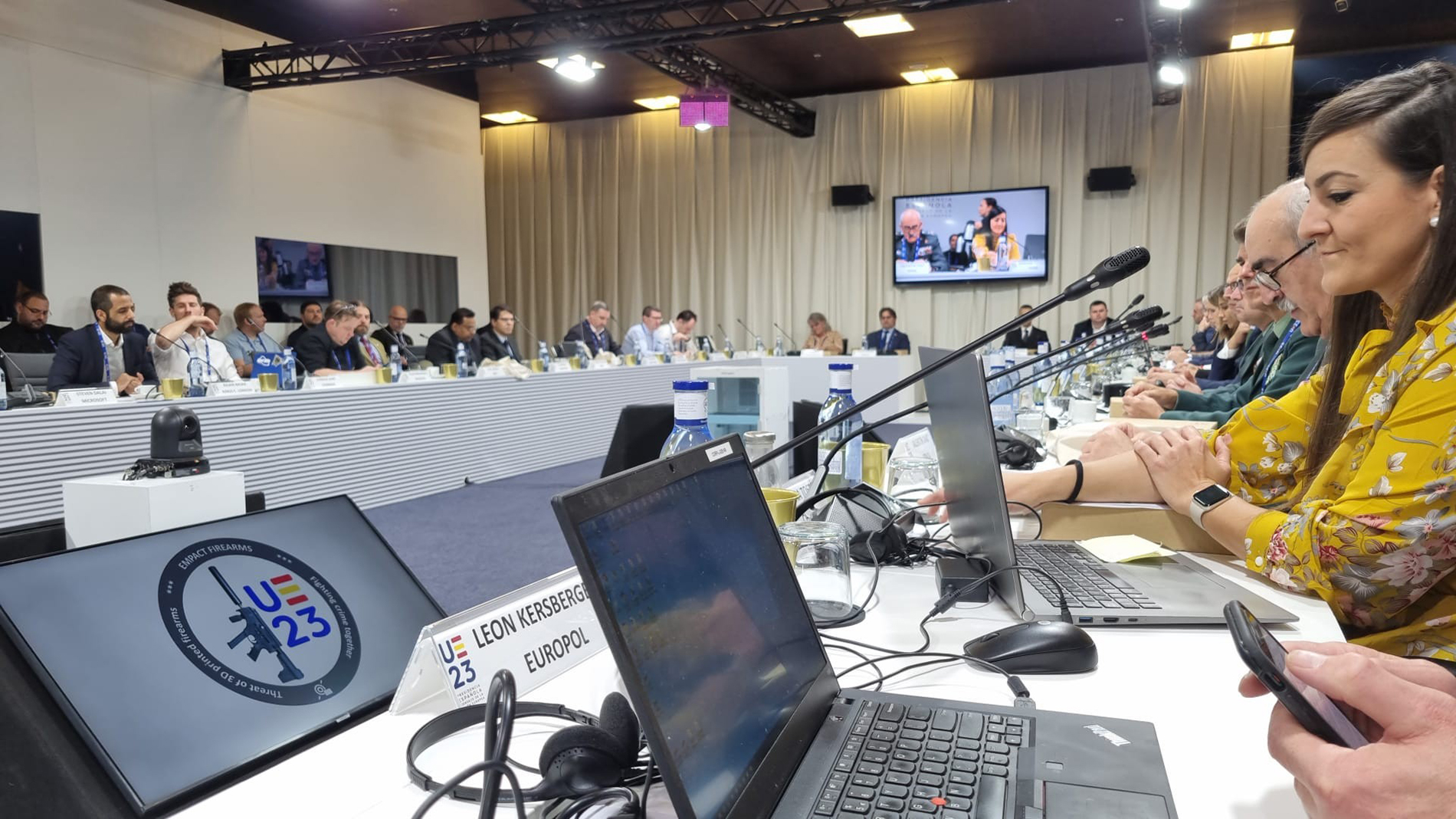
Global differences
Surprisingly, Toston reports that most 3D-printed weapons are in circulation in the USA and Canada, a region where conventional pistols or rifles can also be purchased quite easily. However, this is due in part to the fact that manufacturing (read: 3D-printing) your own weapons is legal in the USA; you just have to register them. In Europe, only licensed dealers can legally manufacture firearms or essential components, which includes privately made firearms.
In Europe, the spread of 3D-printed weapons is still much less prevalent than in North America. However: “We don't want to wait until we have a similar problem here,” Toston points out. “We want to proactively put a stop to the spread of illegal production, and to keep Europe safe.”
Toston and her team are closely monitoring the market and developments in AM technology to take action in advance, and are also in contact with various companies. “On the one hand, we want to raise awareness of the issue; on the other hand, it would, of course, be desirable if software could recognize weapon designs and not carry them out, for example,” she explains. The aim is to develop corresponding standards for manufacturers, which would then also apply to printers imported into the EU.
A very complex issue
As this is an international development, the whole issue of restricting the 3D printing of weapons is very complex. One reason for this is that national laws differ: For example, individual countries have different definitions as to whether a silencer is also considered a weapon. On the positive side, countries such as Jamaica or North Macedonia have already tightened the legal reins and declared the possession of corresponding STL files to be punishable. According to Toston, the EU is studying the possibility of tightening the rules applicable to the manufacture of firearms and their essential components, including the manufacture of privately made firearms and corresponding STL files. “However, legislative changes usually take time, especially at the EU level,” she admits.
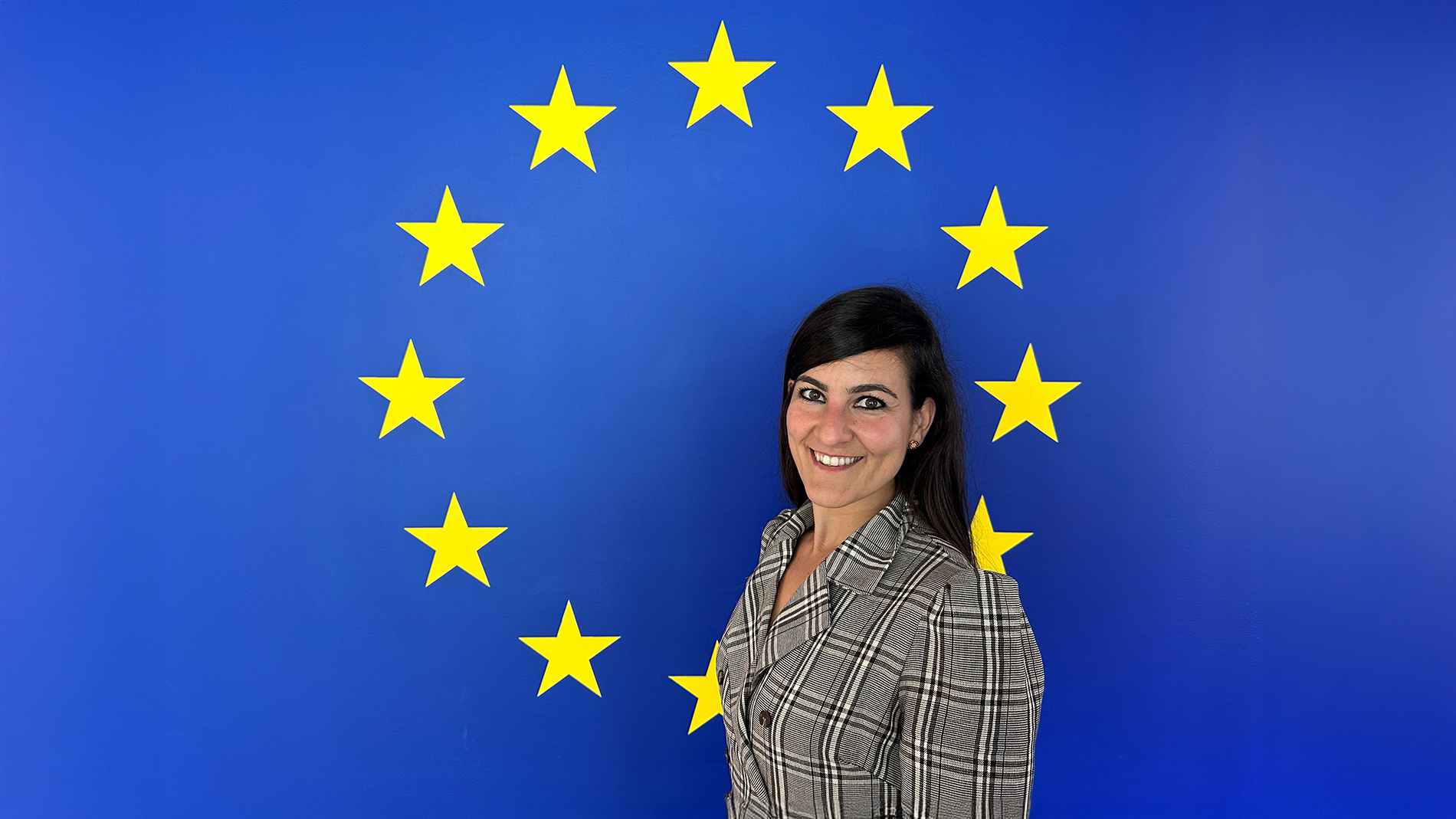
Adriana Toston also underlines that public-private cooperation is essential to address criminal threats effectively. “In this regard, we are being proactive – anticipating future challenges to ensure a secure Europe through joint efforts. All of this is made possible thanks to platforms such as EMPACT, which I have the honor to lead in relation to the fight against firearms trafficking,” she states. Image: Guardia Civil





